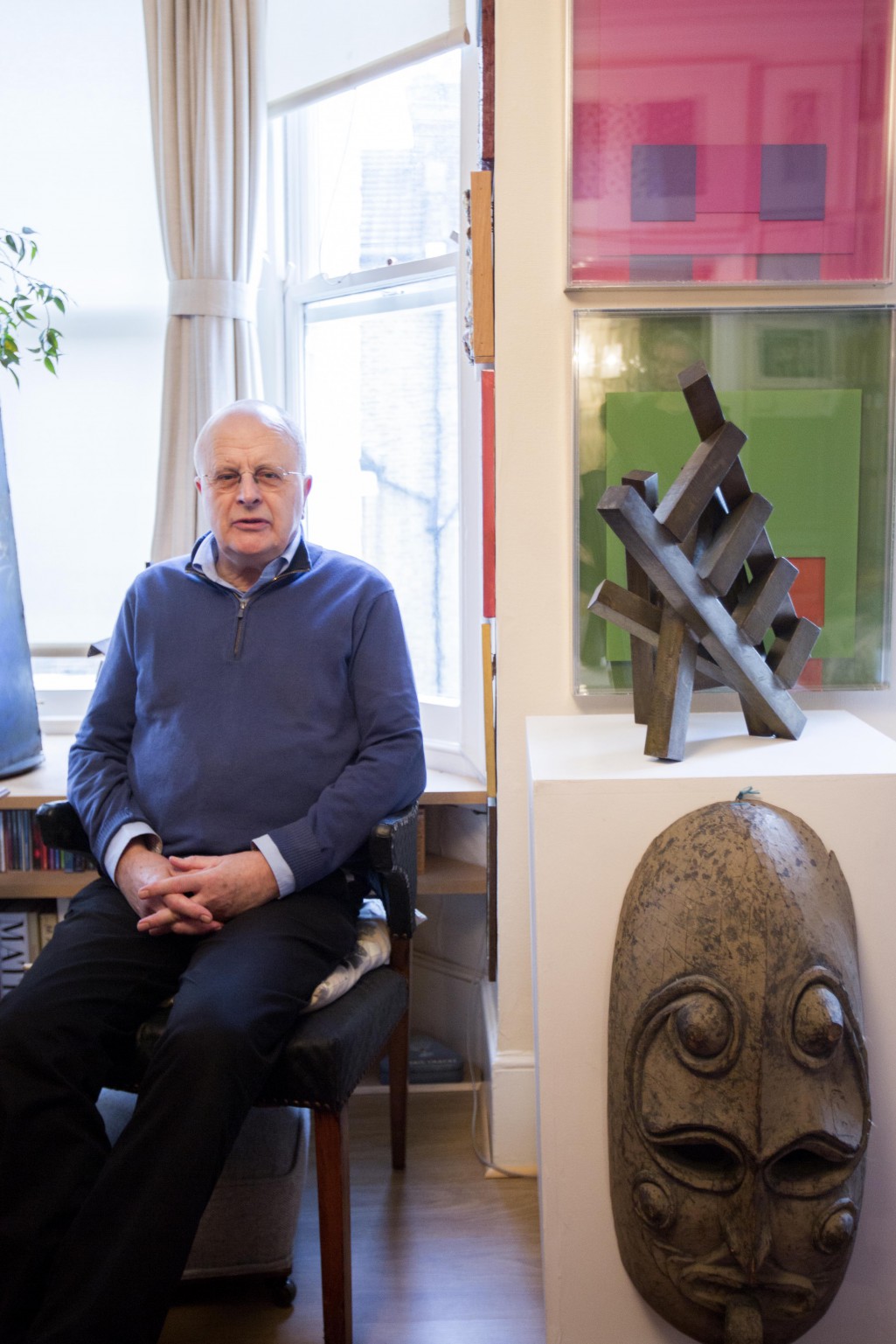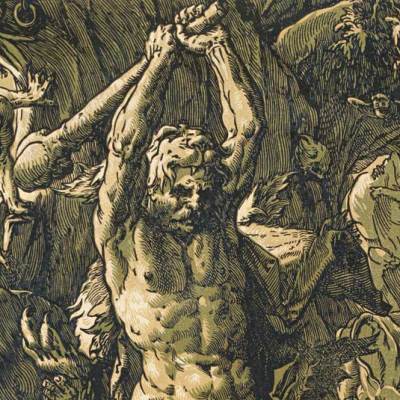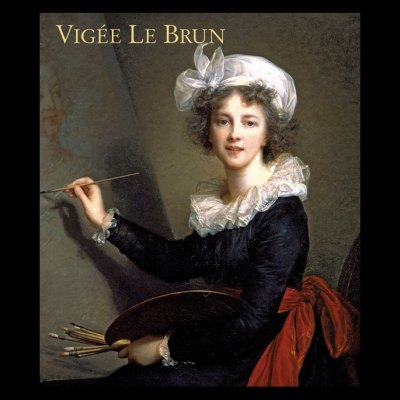‘It’s a compulsive illness, but the collection itself provides the treatment.’ So says the retired BBC journalist and self-confessed ‘artoholic’ Tim Sayer who, over the past 50 years, has filled his London home with a collection of more than 400 artworks.
I first met Sayer in 2014 at the London Original Print Fair, at the Royal Academy, when he was lending a hand to Neil Jennings, one of the many art dealers for whom Sayer has become a client and friend. When I visited his house that summer to interview him, the front door opened to reveal a hallway covered floor to ceiling in paintings, drawings, and prints. The art continued, up the stairs, and hung on both sides of doors (one once fell off its hinges under the strain); even the loo doesn’t escape attention – an Alexander Calder sketch hangs above the loo roll. Every surface is peppered with sculpture, tribal art, and ceramics. And in the sitting room: shelf upon shelf of books about art. All of this was accumulated on a modest newsman’s salary. Sayer and his wife, Anne-Marie Norton, always ‘pay on the drip’, do not take holidays, do not own a car, and do not have children.
It is, in part, due to this last point that they decided to bequeath the entire collection to the Hepworth Wakefield in Yorkshire, one of the largest bequests of recent years. ‘We wanted it to be in safe hands, but we’ve always wanted people to see the collection as much as possible,’ says Sayer, who regularly throws open his doors to all manner of waifs and strays, from fellow BBC journalists to artists.
Photo: Rose Hallam, courtesy the Hepworth Wakefield and Tim Sayer

‘The Hepworth Wakefield have been very enthusiastic, it was a meeting of minds,’ Sayer says. With the imminent opening of an exhibition of around 100 works from the collection, on public display for the first time, the media has suddenly pricked up its ears at this irresistible story of an ordinary man cum major art donor. From the Ham & High to the BBC, Sayer has been everywhere of late.
Sayer’s collection focuses on 20th and 21st century works, mainly by European artists including Alexander Calder, Anthony Caro, Sonia Delaunay, Naum Gabo, Paul Nash, Prunella Clough, Gerhard Richter, and Bridget Riley, to name a few. He has wide-ranging tastes and the house is a testament to how his taste has evolved ever since he first bought a portfolio of prints in a Richmond junk shop. A taste for the abstract now prevails, but doesn’t dominate. Sayer is a great exponent of Jim Ede’s belief that art should be part and parcel of everyday life and his first visit to Ede’s collection at Kettle’s Yard in Cambridge provided his chief inspiration. To Sayer’s delight, part of the Kettle’s Yard collection will be on show alongside his own at the Wakefield as the Cambridge gallery undergoes renovation. As Nicholas Serota says, the collection ‘reflects the discriminating eye of a person of modest means, whose passion for art ‘took precedence over holidays’.
‘The collection is still in my hands at the moment, although some pieces might be donated to the Hepworth Wakefield over the next few years,’ says Sayer, whose insurance bill is, incidentally, eye-watering. The process of making the gift is inevitably complicated: ‘The legal side has yet to be worked out in conjunction with the Art Fund, but I hope that in future we might establish a foundation based on the bequest that could attract further financial support from likeminded individuals.’
For the Hepworth Wakefield, now in its fifth year, and described by its director Simon Wallis as but a ‘toddler’ of the museum world, this gift is a major boon – one they hope will be emulated by more quotidian collectors. Perhaps a sense of competition may help their cause. Wallis jokes he has ‘received a number of phone calls from some of our more reticent Yorkshire collectors who seem to be rather envious of all the media attention Tim has received!’
‘The Tim Sayer Bequest: A Private Collection Revealed’ runs from 30 April until 9 October at the Hepworth Wakefield.


